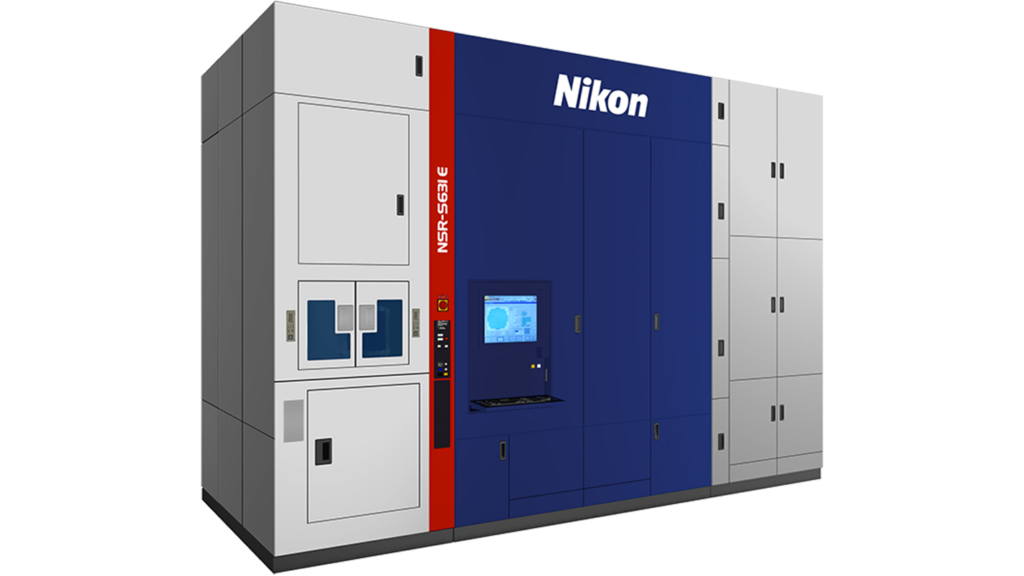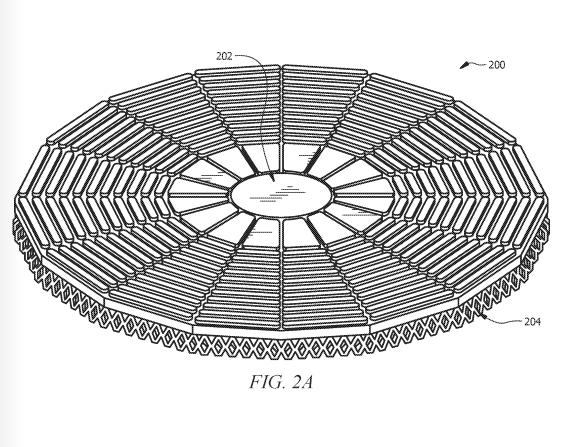Japan’s JSR Corporation has stated that, as of March 1, 2023, it will no longer pursue 3D printing business with Carbon. This seems to be a unique announcement in that the company, which is a large materials manufacturer, is explicitly ending its relationship with the continuous digital light processing (cDLP) pioneer, sending a signal to industry at large. The cDLP systems manufacturer will continue to operate in Japan, with Carbon Technologies Nippon operating independently of JSR. The exact reasons behind the move have not been outlined, aside from the following statement from JSR:
“Since 2016, JSR has worked with Carbon’s innovative technology and developed a unique business model for use in Japan. Based on the impact of the COVID-19 pandemic as well as other factors, we have recognized the business environment has changed significantly. Therefore, after careful consideration, JSR has decided not to continue working with Carbon in the 3D printing business.”
JSR’s relationship with Carbon began in 2016, when it invested alongside the likes of GE, BMW, and Nikon during a funding round that raised $81 million for the Silicon Valley startup. Participation from Nikon and JSR represented an expansion into the Japanese market for Carbon, with Nikon applying its expertise in metrology and 3D data profiles associated with 3D measurement and X-Ray CT scans to Carbon’s technology. Meanwhile, JSR said that it would lend its background in chemicals and microelectronics to develop new materials for Carbon.
Mitsubishi’s AM Strategy
All of the above is particularly interesting given the changes that have taken place in the additive manufacturing (AM) industry since. Nikon is an independent company under the Mitsubishi Group umbrella, while JSR is majority owned by the Master Trust Bank of Japan, Ltd., which is in turn majority owned by Mitsubishi UFJ Trust and Banking Corporation. While the relationship between independent bodies within the Japanese keiretsu-style conglomerates is complex, they are all essentially controlled by overlapping boards and owners. In other words, both Nikon and JSR are essentially Mitsubishi subsidiaries, albeit independent ones.
What this suggests is that Mitsubishi is no longer interested in fully supporting Carbon’s business. Though Mitsubishi Group companies have all been involved in AM in one way or another, leading the effort is Nikon, which has acquired SLM Solutions, Optisys, and Morf3D, and invested in Hybrid Manufacturing Technologies. All of those are focused primarily on metal 3D printing. Meanwhile, Mitsubishi Chemical has naturally been directed toward polymers, with its own service bureau and filaments.
Electronics 3D Printing
However, it isn’t necessarily 3D printing as a market that may be guiding the company’s move here—even though JSR does have its own AM technology and materials. JSR highlighted its interested in microelectronics when initially investing in Carbon. As we have discussed elsewhere, including Forbes, electronics 3D printing may be quietly taking off away from the public eye.
 A Nikon semiconductor lithography system. Image courtesy of Nikon.
A Nikon semiconductor lithography system. Image courtesy of Nikon.Both Nikon and JSR are involved in semiconductor manufacturing, the former on the machine side and the latter on the materials side. In fact, Nikon was engaged in a lawsuit with ASML Holding N.V.—the largest photolithography supplier for the semiconductor industry and the world’s only supplier of extreme ultraviolet lithography (EUV) photolithography machines—and Carl Zeiss (long involved in AM) over their use of Nikon’s lithography equipment. ASML, in turn, supplies Taiwan Semiconductor Manufacturing Company (TSMC)—at times considered to be the world’s most valuable semiconductor company and the world’s largest dedicated independent (pure-play) semiconductor foundry.
If Mitsubishi/Nikon is pursuing the 3D printing of chips, then it’s possible that it wouldn’t want to support a company that could be supplying a competitor, or it could have developed its own technology in-house. For instance, Carbon is cited by a patent filed by Cabot Microelectronics Corporation for “chemical mechanical planarization pads with constant groove volume.” The patent describes the 3D printing of pads for planarization, a process typically required for preparing layers of a silicon wafer, using Carbon materials. 3D printing the polishing pads as a single-body structure eliminates the need for an adhesive layer between the polishing portion and the backing portion of the component.
 A polishing pad diagram from the Cabot patent.
A polishing pad diagram from the Cabot patent.The supply chain issue that JSR may have been referring to could be the semiconductor shortage that has caused delays across industrial society, including in the shipment of AM equipment. This problem led to new opportunities for the same manufacturers as they began to sell 3D printers on the basis of their ability to support semiconductor manufacturing. Even if the chips themselves may not be 3D printed at scale, 3D printing naturally supports the production of the lithography machines that do make the chips, as demonstrated by the Cabot patent.
The ability to secure the necessary technologies to overcome chip shortages may be the key to leading the next era of semiconductor manufacturing. As Nikon’s portfolio grows, the pieces of that strategy may become so obvious that the silent electronics 3D printing revolution that is taking place may become not so silent anymore.
Subscribe to Our Email Newsletter
Stay up-to-date on all the latest news from the 3D printing industry and receive information and offers from third party vendors.
You May Also Like
Gorilla Sports GE’s First 3D Printed Titanium Cast
How do you help a gorilla with a broken arm? Sounds like the start of a bad joke a zookeeper might tell, but it’s an actual dilemma recently faced by...
Nylon 3D Printed Parts Made More Functional with Coatings & Colors
Parts 3D printed from polyamide (PA, Nylon) 12 using powder bed fusion (PBF) are a mainstay in the additive manufacturing (AM) industry. While post-finishing processes have improved the porosity of...
$25M to Back Sintavia’s Largest Expansion of Metal 3D Printing Capacity Since 2019
Sintavia, the digital manufacturing company specializing in mission-critical parts for strategic sectors, announced a $25 million investment to increase its production capacity, the largest expansion to its operations since 2019....
Velo3D Initiates Public Offering in a Bid to Strengthen Financial Foundations and Drive Future Growth
Velo3D (NYSE: VLD) has been among a number of publicly traded 3D printing firms that have attempted to weather the current macroeconomic climate. After posting a challenging financial report for 2023,...































